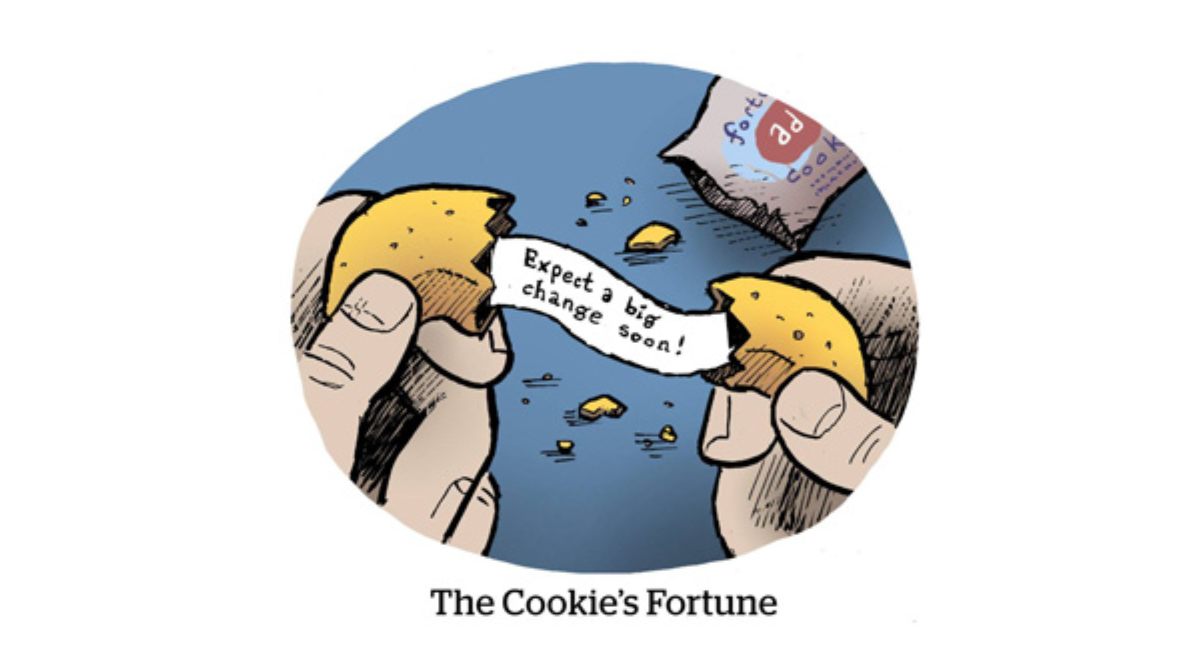In January 2020, Google announced that in order to enhance and restore privacy and security for their end users, third party cookies will eventually be blocked (Chromium Blog, 2020). Their priorly introduced initiative Privacy Sandbox should ensure a secure environment for personalization while also protecting user privacy. According to Google, this shift is demanded as ‘data practices currently don’t match up to user expectations for privacy’(Schuh, 2019). To illustrate, they give the example of fingerprinting, which assigns a unique identifier to users and gathers information about these users while it tracks them across websites. Unlike cookies, users are not able to delete these fingerprints.
Google proclaims that they are searching for a solution to create a healthy ad-supported web which will address the needs of users, publishers and advertisers. Although they believe that the solution is not solely blocking cookies (which competitors Safari and Firefox have already done a few years ago) since this would negatively influence users and advertising by undermining the business model of ad-supported websites. The solution seems to be more difficult than Google expected, as they have advanced the date when they will block third-party cookies multiple times (Chavez, 2022).
Meanwhile, companies have had enough time to think about alternative methods to personalize their targeting strategies without the use of third-party cookies. One of these is contextual targeting. Companies use AI technology which leverages the power of machine learning to provide human-like understanding of content and the highest level of brand safety in the market. Thereby, combining text and image for deep level categorization. All contextual information is based on brand objectives to achieve optimal alignment between brand values and content. Take KIA, an automotive brand which has rebranded a few years ago. In collaboration with a publisher, they launched campaigns using data driven contextual targeting (Wirz, 2022). Firstly, they used AI technology to read KIA’s website and determine their core brand values. Mobility, innovation and electric cars are core values of their new brand identity. Then smart contextual AI was able to match these brand values with relevant content within the publishers network by applying semantic and co-occurrence analysis.
I currently work at a media company and I’ve seen that many companies are trying to innovate when it comes to personalized advertising. These developments come as the internet is shifting from web 2.0 to web 3.0 in which privacy is seen as paramount. I think contextual targeting could be an interesting substitute for third-party cookies advertising. I’m interested to hear your opinion!
References:
Chavez, A. (2022, July 27). Expanding testing for the Privacy Sandbox for the Web. Google. Retrieved September 30, 2002, from https://blog.google/products/chrome/update-testing-privacy-sandbox-web/
Google. (2020, January 14). Building a more private web: A path towards making third party cookies obsolete. Chromium Blog. Retrieved September 30, 2002, from https://blog.chromium.org/2020/01/building-more-private-web-path-towards.html
Schuh, J. (2019, August 22). Building a more private web. Google. Retrieved September 30, 2002, from https://www.blog.google/products/chrome/building-a-more-private-web/
Wirz, J. (2022, February 25). Een datagedreven contentstrategie voor contextual advertising: de case van Kia. Retrieved September 30, 2022, from https://www.emerce.nl/cases/een-datagedreven-contentstrategie-voor-contextual-advertising-de-case-van-kia


Thank you Stella for your insightful article about third-party cookies and how contextual targeting are replacing them as a mean for companies to target users in a more effective way. I do not know to what extent contextual targeting has been already adopted by companies but I guess it will for sure gain more importance in the coming years. Also, I think one factor that has played a big role recently was the update from Apple about privacy to protect its users, asking the mobile apps to ask their users if they want to be tracked. This was a big hit to businesses relying on third-party cookies and data collection as a revenue stream. I liked that you used the example of Kia, was nicely explained and linked to the definition you provided before. Since it is quite novel (also I am not really familiar about it), I am not sure if contextual targeting is scalable or if it will be as helpful as third-party cookies for publishers and advertisers.